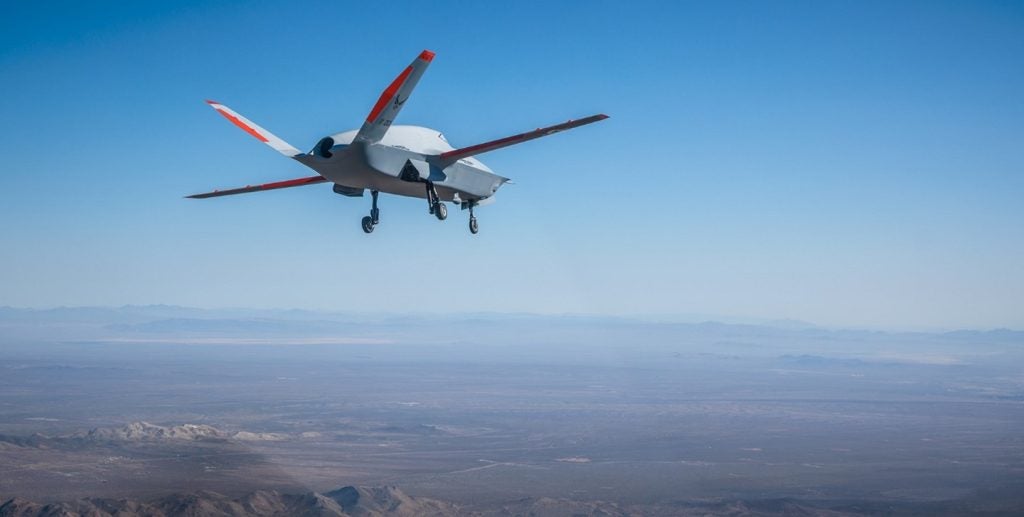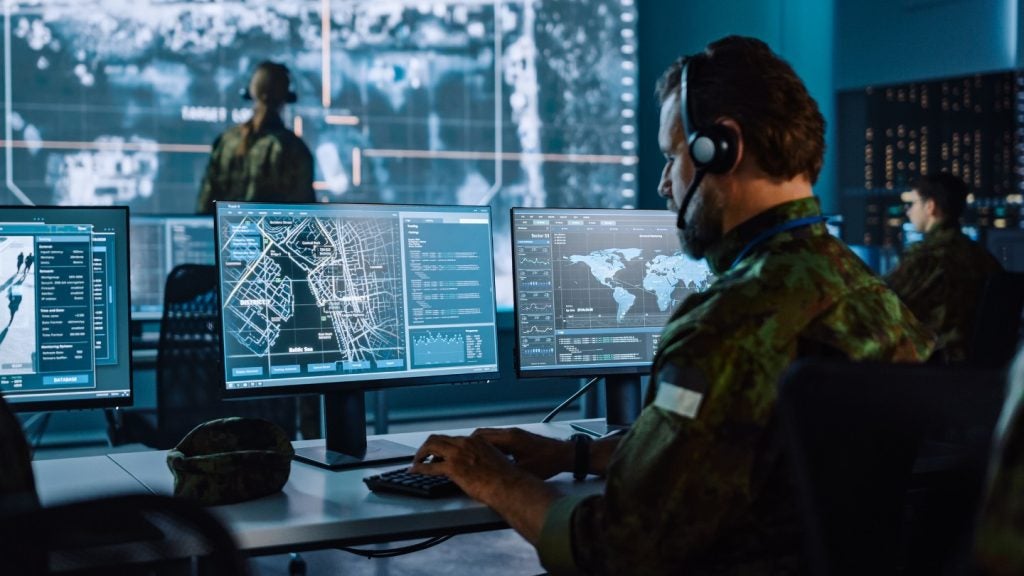The Government Accountability Office (GAO) reviewed the sustainment costs of 16 US weapon systems, identifying seven with cost growth exceeding the legal threshold, each by at least 25% over their most recent estimates, according to a report published on 29 February.
These systems include the Excalibur Precision 155mm Projectiles, EA-18G Growler, F/A-18E/F Super Hornet, Common Remotely Operated Weapon Station (CROWS), Warfighter Information Network Tactical Increment 1 (WIN-T), Navy Multiband Terminal (NMT), and Tactical Mission Command-Manoeuvre Control System.
Operation and Sustainment (O&S) costs, for repair and personnel, account for 70% of a weapon system’s total cost, according to the GAO, accounting for billions of dollars in Department of Defence expenditure every year.
The critical O&S cost growth across weapon system programmes has been driven by a combination of factors, each unique to the programme’s requirements and enhancements.
For the Excalibur Precision 155mm Projectiles and the F/A-18E/F Super Hornet, cost increases were significantly influenced by the procurement of additional units and the introduction of advanced capabilities to meet evolving national security demands.
The Excalibur programme saw a 183 percent increase in O&S costs due to an expanded inventory and the integration of new hardware and software to improve precision and navigation. Similarly, the Super Hornet programme experienced a 179% surge in costs, attributed to extending the aircraft's service life, acquiring more units, and updating technologies for enhanced target tracking.
The EA-18G Growler and the Navy Multiband Terminal (NMT) programmes also faced substantial cost growths, primarily due to extending operational life and enhancing capabilities. The Growler programme saw a 219% increase, driven by the procurement of additional aircraft and capability improvements, responding to its role in battlefield operations. The NMT programme encountered a 365% jump in O&S costs, with extensions in service life, capability additions, and addressing obsolescence challenges as key factors.
The Common Remotely Operated Weapon Station (CROWS) and the Warfighter Information Network Tactical Increment 1 (WIN-T) programmes O&S costs were impacted by system enhancements and cybersecurity measures. CROWS faced a 335% increase due to higher quantities, operational life extension, and parts maintenance cost revisions, while WIN-T's costs rose by 32%, driven by an increased number of nodes and the need to address cybersecurity obsolescence issues.
In addition to the 16 systems reviewed by the GAO, a further nine weapon systems were evaluated, but the necessary cost information was not available. Consequently, the GAO has recommended that the Department of Defense (DoD) implements clarifying guidance on review submissions in military departments to ensure they present consistent cost information, including inflation effects.
Among the weapon systems that were not reviewed because they had no baseline cost estimate, either because there was not one recorded at the time of acquisition, or because of the age of the programme, were the Air Force’s: C-5M Super Galaxy; the E-4B Advanced Airborne Command Post (Nightwatch); and the F-22A Raptor.
Also falling into this category were the Army’s: Air-to-Ground Missile (AGM-114) Hellfire (Laser Hellfire); Black Hawk Utility Helicopter UH-60A/L; MIM-104 Patriot Surface-toAir Missile System; the Patriot Advanced Capability-3 (PAC-3); and the RQ-7B Shadow Tactical Unmanned Aircraft System.
Of the 25 systems reviewed, the only Naval platform for which there was not the relevant information for an assessment was the T-45 Goshawk, which had no baseline cost estimate at the time of acquisition.











